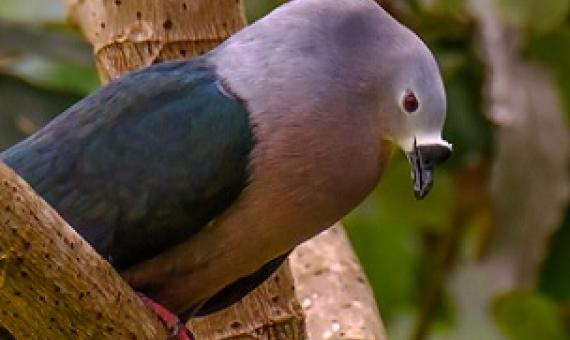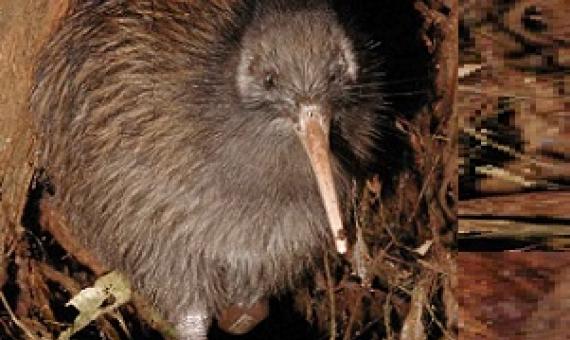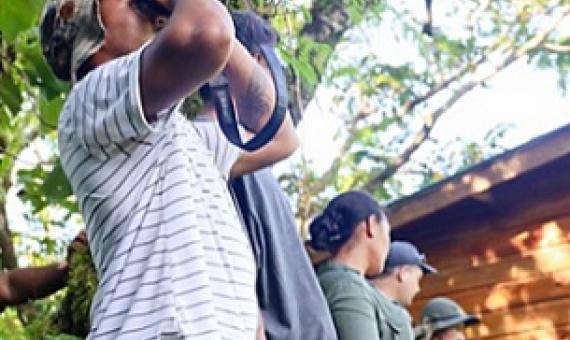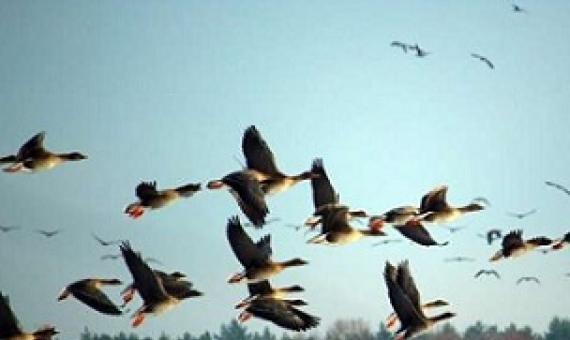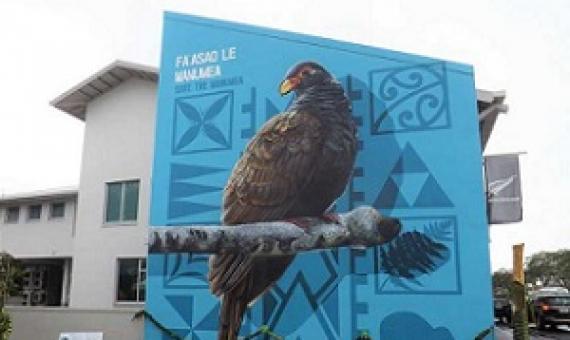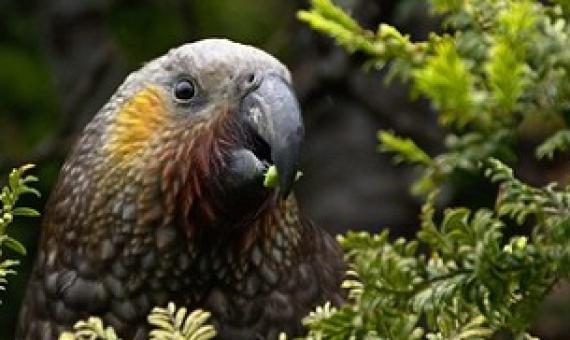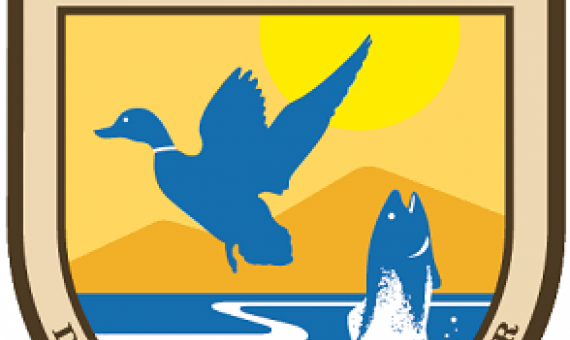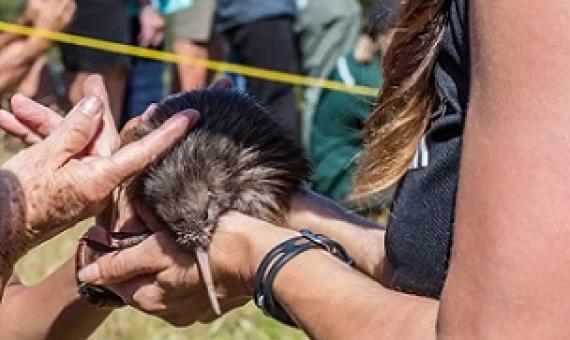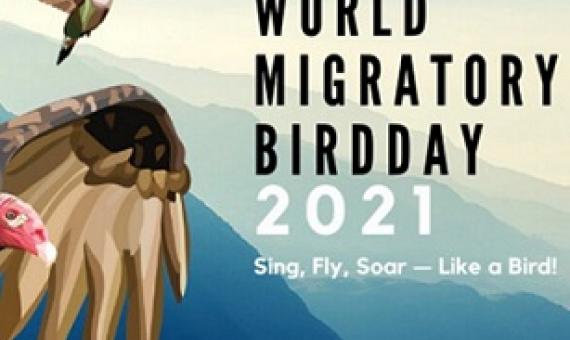Native to the Cook Islands and across the Pacific, the Rupe is found on most southern group islands as well as Palmerston, Pukapuka and Manihiki.
Releasing a higher number of kiwi into large predator-controlled areas could increase the success of efforts to help their survival in the wild, new research shows...Translocations are intentional movements of wildlife by humans from one place to another and are often used in conservation managem
Work to save Samoa’s endangered national bird continues with two Manumea-friendly villages, the latest recipients of support through the Biodiversity and Protected Areas Management Project...the goal of the project is to support the two villages work towards improving the livelihoods of the local
IMPACTS OF PLASTIC POLLUTION ON FRESHWATER AQUATIC, TERRESTRIAL AND AVIAN MIGRATORY SPECIES IN THE ASIA AND PACIFIC REGION
This report is the result of a collaboration between the Convention on Migratory Species and the UN Environment Programme as part of the CounterMEASURE II plastic pollution programme, generously funded by the Government of Japan, to assess the impact of plastic pollution in the Asia-Pacific region. It was prepared for the CMS Secretariat by the National Oceanography Centre, UK. This report is an important addition to knowledge on the threat of plastic pollution on CMS-listed species in terrestrial and freshwater ecosystems in the region.
Federal and state mandates to conserve 30% of the nation's lands and waters by 2030 are intended to protect biodiversity. But do protected areas actually work?
Conservationists have ramped up efforts to locate and save Samoa’s national bird by placing recorders and cameras in rainforests across Samoa. The placing of recorders and cameras is part of the Save the Manumea Project run by the Samoa Conservation Society.
A one-year-old kākā had to be euthanised after being shot in the latest of a series of shootings against other protected wildlife in Auckland. The Department of Conservation (DOC) initially found the bird alive on 13 May after it was shot in Whangateau on Auckland's northeast coast.
In continuing proactive efforts to protect migratory birds, the U.S. Fish and Wildlife Service today released its Birds of Conservation Concern 2021 report.
Like many endangered species, Aotearoa’s flightless and nocturnal kiwi survive only in small, fragmented and isolated populations. This leads to inbreeding and, eventually, inbreeding depression — reduced survival and fertility of offspring.
“Sing, Fly, Soar – Like a Bird!” is the theme of this year’s World Migratory Bird Day, an annual global campaign dedicated to raising awareness of migratory birds and the need for international cooperation to conserve them.

